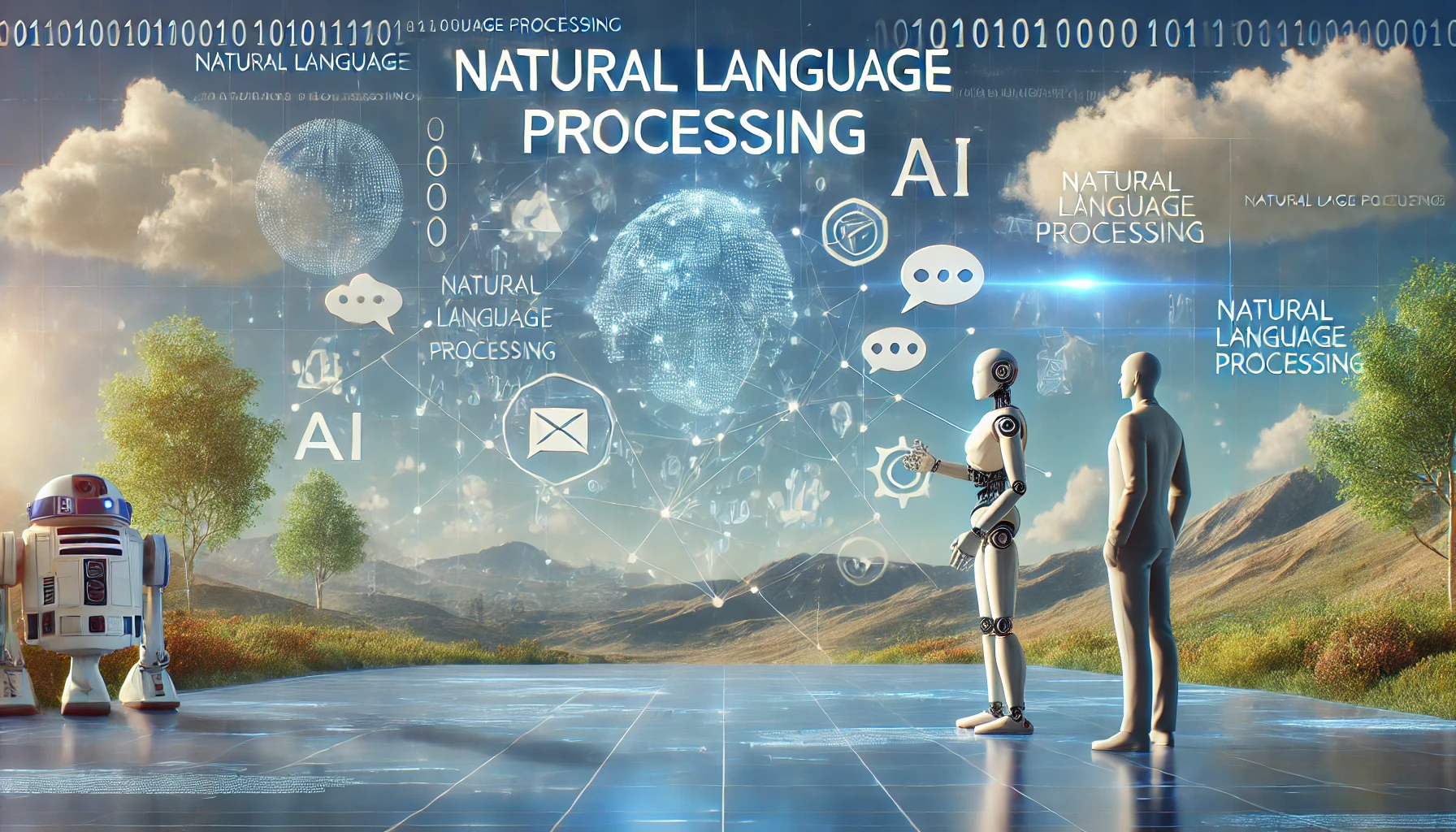Table Of Content
NLP is a sub-area of artificial intelligence which gives machines the ability to understand or simulate human language. In simple terms, natural language processing lets users interact with technology by closing the gap in human language understanding by a computer. It was created for the purpose of being able to communicate using everyday language.
How NLP Works under the Hood
This is a general 4 steps overview of what comprises NLP at its very core:
- Tokenization: This process breaks down text into smaller units, such as words or phrases, making it easier for machines to analyze.
- Parsing: Here, the grammatical structure of sentences is examined to understand relationships between words.
- Semantic Analysis: This step focuses on grasping the meaning behind words and sentences, enabling machines to comprehend context.
- Sentiment Analysis: In this process, the machine will identify the text feeling, whether positive, negative, or neutral by understanding the emotional tone of the text.
These 4 processes work together to transform input raw text into a form of structured data that machines can process and comprehend.
Applications of NLP
The NLP applications are diverse, improving day-to-day interaction with technology by facilitating usage in voice assistants, chatbots, and language translation. Various manifestations include the following:
- Voice Assistants: They are able to understand and then react to spoken commands using NLP to process and respond appropriately.
- Chatbots: Customer service bots use NLP to interpret user queries and respond with relevant information or help.
- Language Translation: Text is translated from one language into another through NLP, thus allowing cross-cultural communications.
- Text Summarization: Condensing these long documents into concise summaries is what helps users grasp the essential information in a much quicker way.
These applications are only but a few of the ways in which NLP permeates many aspects of technology, making interactions a lot more intuitive and even efficient.
The Future of NLP
With every evolution of NLP, the number of areas in which NLP can be applied grows. Improvement in algorithms of machine learning and deep learning provides better performance and increased capability to NLP systems. This increases the power of understanding and generating languages, hence improving human-computer interactions even further.

